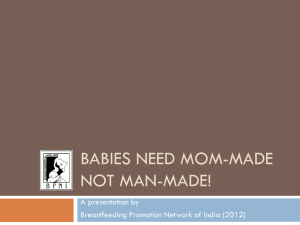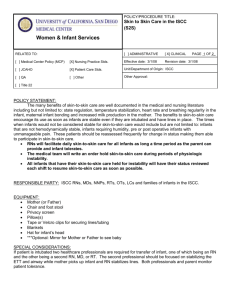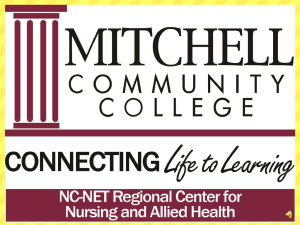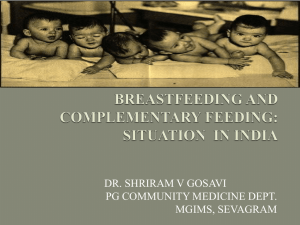Breastfeeding Pathway - UC San Diego Health System
advertisement
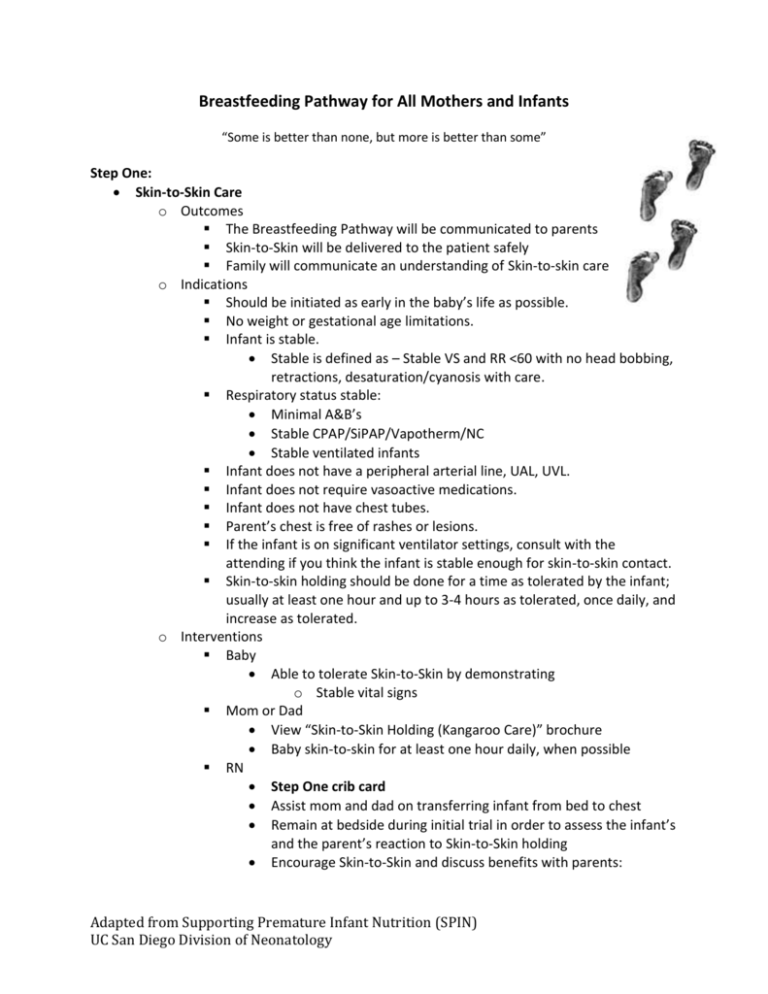
Breastfeeding Pathway for All Mothers and Infants “Some is better than none, but more is better than some” Step One: Skin-to-Skin Care o Outcomes The Breastfeeding Pathway will be communicated to parents Skin-to-Skin will be delivered to the patient safely Family will communicate an understanding of Skin-to-skin care o Indications Should be initiated as early in the baby’s life as possible. No weight or gestational age limitations. Infant is stable. Stable is defined as – Stable VS and RR <60 with no head bobbing, retractions, desaturation/cyanosis with care. Respiratory status stable: Minimal A&B’s Stable CPAP/SiPAP/Vapotherm/NC Stable ventilated infants Infant does not have a peripheral arterial line, UAL, UVL. Infant does not require vasoactive medications. Infant does not have chest tubes. Parent’s chest is free of rashes or lesions. If the infant is on significant ventilator settings, consult with the attending if you think the infant is stable enough for skin-to-skin contact. Skin-to-skin holding should be done for a time as tolerated by the infant; usually at least one hour and up to 3-4 hours as tolerated, once daily, and increase as tolerated. o Interventions Baby Able to tolerate Skin-to-Skin by demonstrating o Stable vital signs Mom or Dad View “Skin-to-Skin Holding (Kangaroo Care)” brochure Baby skin-to-skin for at least one hour daily, when possible RN Step One crib card Assist mom and dad on transferring infant from bed to chest Remain at bedside during initial trial in order to assess the infant’s and the parent’s reaction to Skin-to-Skin holding Encourage Skin-to-Skin and discuss benefits with parents: Adapted from Supporting Premature Infant Nutrition (SPIN) UC San Diego Division of Neonatology o 1) improved physiologic stability of the infant. 2) gained body warmth, 3) faster brain maturation, 4) conserves infant’s calories, 5) stimulation of maternal milk production…and many more Discuss and encourage breast feeding and pumping with mom Step Two: Non-nutritive breastfeeding – Suckling at the breast with little or no secretion of milk o Outcomes Non-nutritive breastfeeding will be initiated Skin-to-Skin holding will continue o Indications Infant tolerated Skin-to-Skin holding Infant displays or shows rooting, suckling, licking and moving towards the breast (even if minimal) o Interventions Baby Active, alert state Readiness to advance from Skin-to-Skin Stable - Stable VS and RR <60 with no head bobbing, retractions, desaturation/cyanosis with care or during skin-to-skin care. Extubated Requires discussion with attending physician prior to initiation Mom Pump to empty breast just prior to non-nutritive breastfeeding If infant becomes too sleepy, revert to Skin-to-Skin RN Step Two crib card Continue to encourage Skin-to-Skin Initiate non-nutritive breastfeeding o Give instructions, assistance and monitor positioning at breast as this is practice for breastfeeding Encourage non-nutritive during gavage feedings Step Three Nutritive Breastfeeding o Outcomes Mother & infant will learn to breastfeed Skin-to-skin holding will continue to be encouraged An individualized feeding plan will be developed o Indications Infant is active, alert and sucking throughout non-nutritive breastfeeding Stable - Stable VS and RR <60 with no head bobbing, retractions, desaturation/cyanosis with care or during skin-to-skin care. No longer requiring: SiPap, CPAP, High Flow Nasal Cannula Adapted from Supporting Premature Infant Nutrition (SPIN) UC San Diego Division of Neonatology NC < 2 lpm acceptable Requires a physician order o Interventions Baby Continues to tolerate both Skin-to-Skin and non-nutritive BF Begins to transfer milk at the breast Mom Monitors hunger cues Monitors time of feeding and tolerance during breastfeeding Contributes to assessment of breastfeeding Mom continues to pump after each feeding RN Step Three crib card Initiate breastfeeding when infant shows feeding cues No bottle feedings at this time unless requested by Mom or ordered by physician Volume Supplementation: Assess amount of milk taken by active sucking time and gavage feed for supplementation if: o Infant shows little interest with limited amount of sucking Gavage full feed o Infant sucks fairly well Gavage half the feed o Infant nurses well, is relaxed and sleeping No gavage Breast milk Supplementation: Continue to encourage mom and reinforce that breast feeding is the best thing she can do for baby but fortification or additional formulas may be necessary due to baby’s high needs Step Four Breastfeeding and Bottle feeding o Outcomes Nutritive breastfeeding will progress well Bottle feeding will be initiated per physician order and Mom’s agreement Skin-to-skin holding will continue to encouraged o Indication Feeds to be infant driven by showing hunger cues going no longer than 3-4 hours o Interventions Baby Breast feed when mom is at bedside o Bottle feed at other feedings Oral feeds on demand; not going longer than 3-4 hrs o Signaled by hunger cues Adapted from Supporting Premature Infant Nutrition (SPIN) UC San Diego Division of Neonatology Mom Pump after breastfeeding until exclusive breastfeeding is established Learn technique for bottle feeding a breastfed baby RN Step Four crib card If mom can’t be there for each PO feeding, ask permission to bottle feed breast milk Use technique to “bottle feed a breastfed baby” Continue feeding q3h (or as ordered) and supplement with gavage feedings when necessary o Initiate on demand feeding when ready Step Five Discharge planning o Outcomes A discharge feeding plan will be developed Mom will be instructed about ongoing pumping needs Family will be prepared for feeding progression post-discharge o Indications Infant is at goal feeding plan Getting ready for discharge o Interventions Baby Taking all feedings orally; if infant is not taking all feedings orally at discharge, this will be reflected in the discharge feeding plan Mom and Dad Demonstrates understanding of discharge feeding plan Demonstrate understanding in preparation and completing feedings per discharge feeding plan RN Support family in discharge feeding plan in hospital before discharge Observe and assess a breastfeeding session prior to discharge and document Confirm that parents have a lactation resource for questions or problems after discharge RD Develop individualized discharge feeding plan in conjunction with the LC if possible o Frequency of feeds and volume o Advancement schedule o Recipe instruction, if needed Adapted from Supporting Premature Infant Nutrition (SPIN) UC San Diego Division of Neonatology
